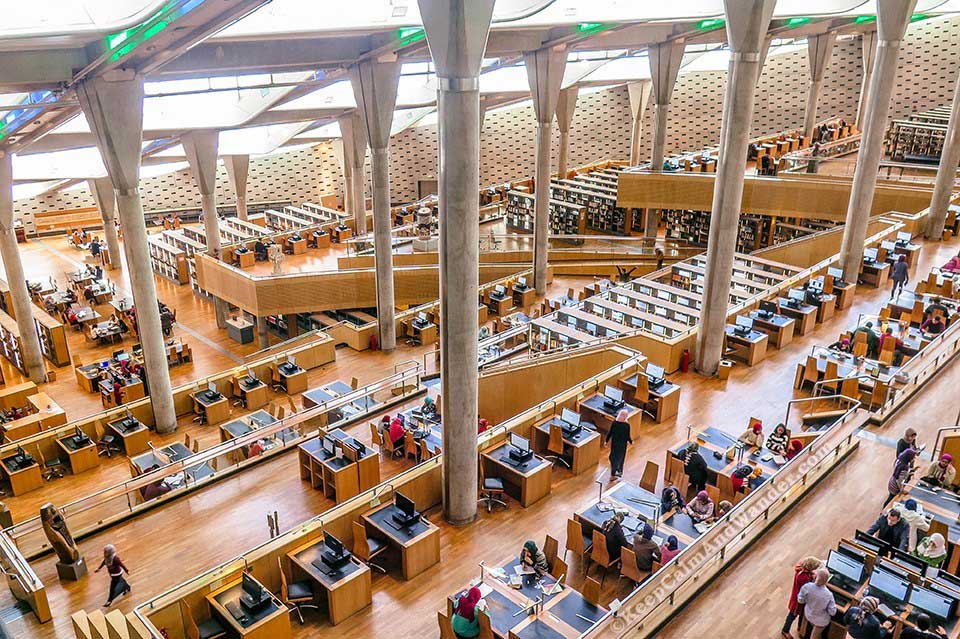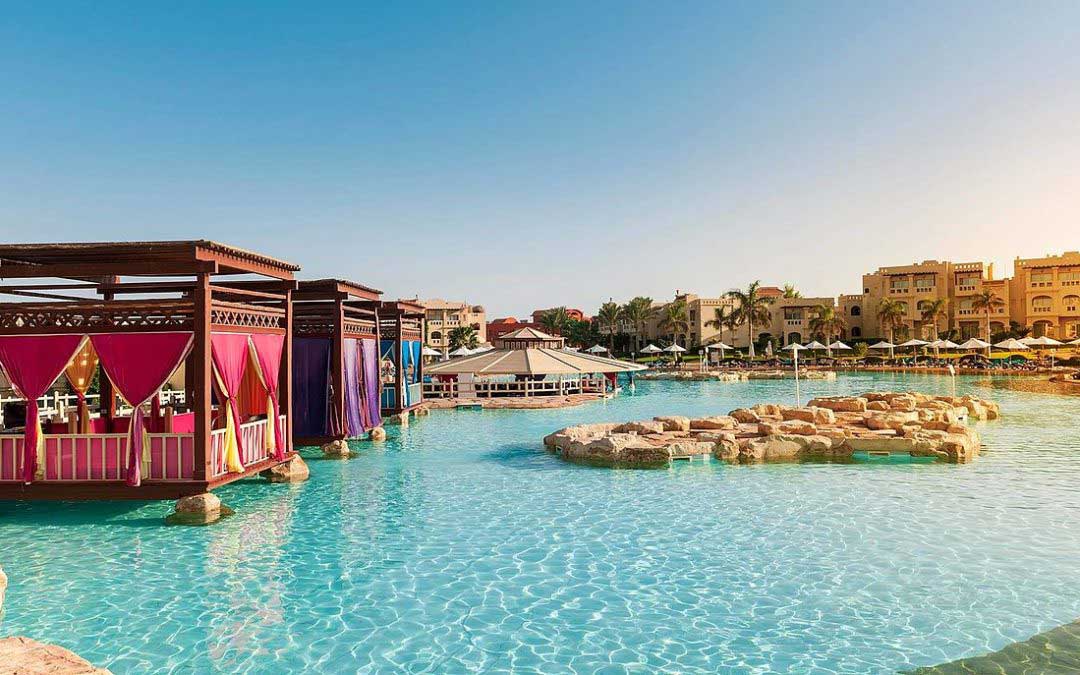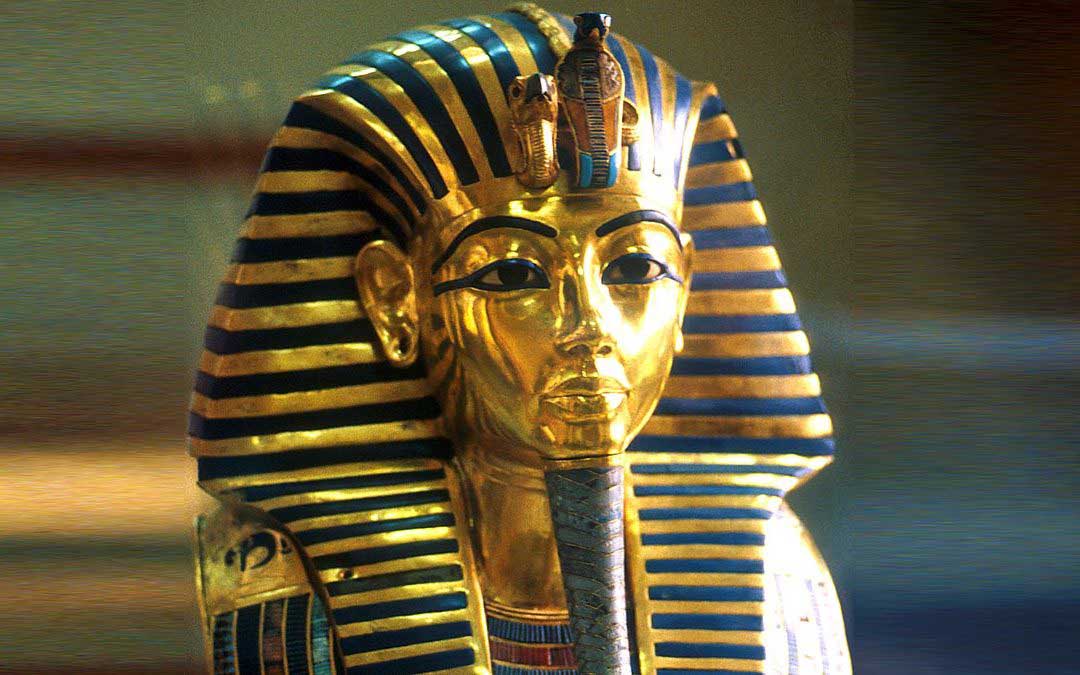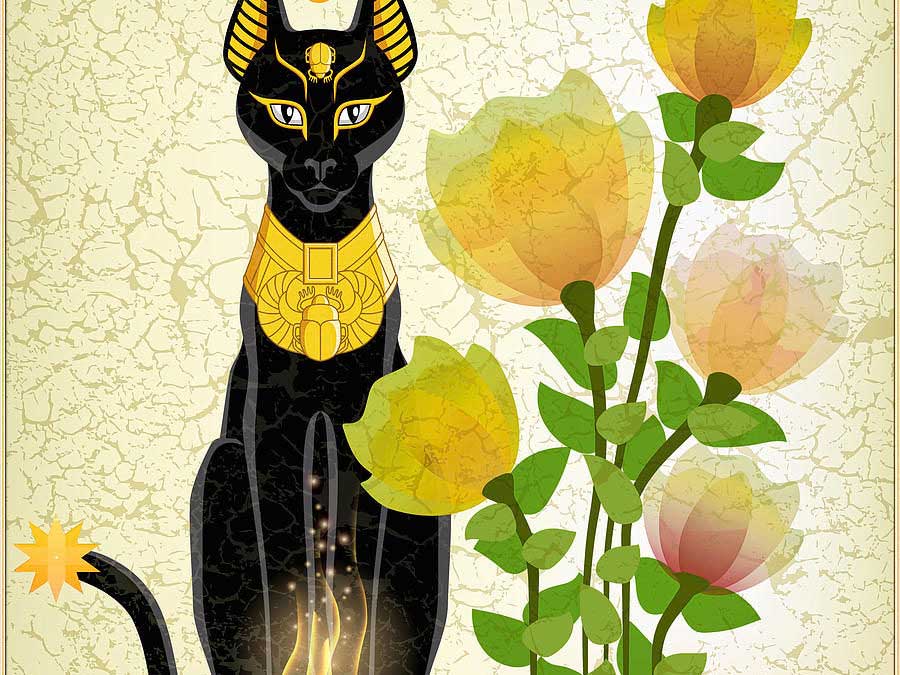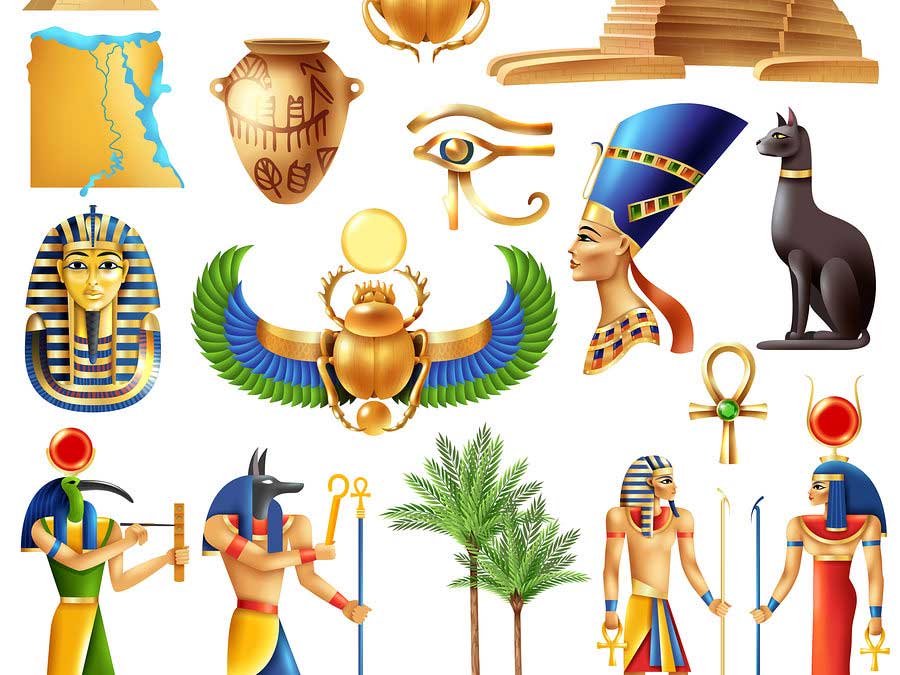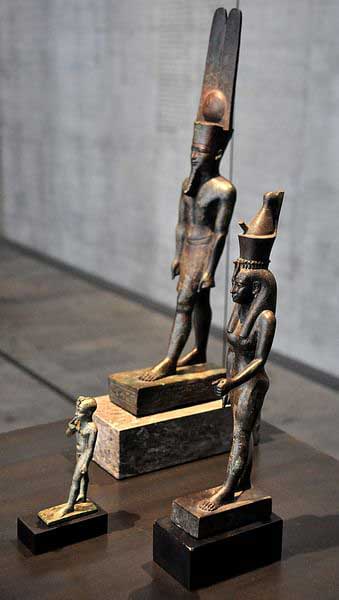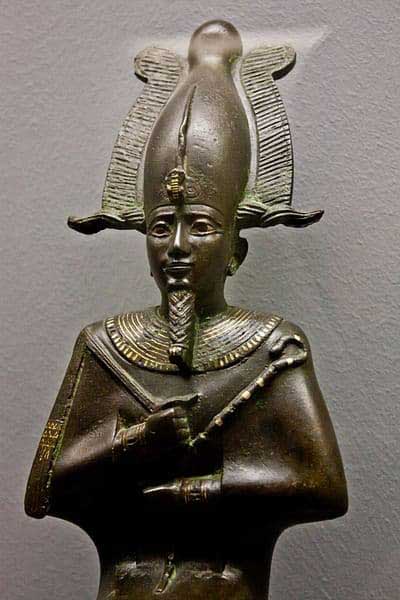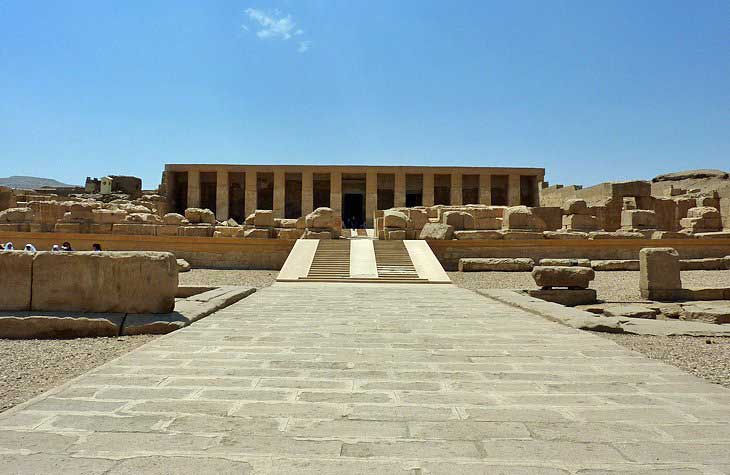
Temple of Abydos
Abydos was Ancient Egypt’s most important burial center. Although the archaeology site here is vast, the main tourist attraction most people center their visit around is the beautiful Temple of Seti I.
Considered one of the most important archaeological sites in Egypt, the sacred city of Abydos was the site of many ancient temples, including Umm el-Qa’ab, a royal necropolis where early pharaohs were entombed. These tombs began to be seen as extremely significant burials and in later times it became desirable to be buried in the area, leading to the growth of the town’s importance as a cult site.

